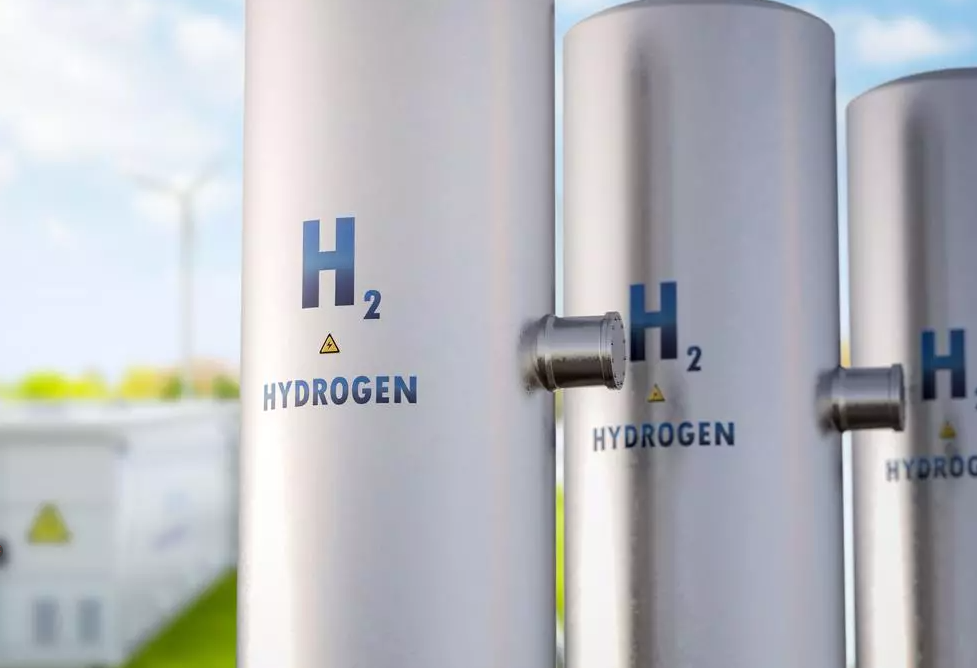

A team of scientists led by Professors RB Harikrishna, Hemagni Deka, T Sundararajan, and G Ranga Rao from the Department of Chemical Engineering at IIT Madras has successfully demonstrated the utilisation of discarded metal wastes like aluminium cans as feed materials for the thermochemical production of green hydrogen. In this process, hydrogen gas is generated by splitting water using industrial waste metal scrap at elevated temperatures.

While the initial stage of the process requires a substantial energy input to achieve the desired temperature, the researchers highlight that the subsequent stages benefit from the exothermic nature of the reaction, allowing for a reduction in energy input. The details of their findings are published in a recent article in The International Journal of Hydrogen Energy.
The scientists specifically investigated the reaction between aluminium scrap and steam for hydrogen production. Their method achieved a production rate of 500 mL of green H2 per gram of scrap material at 1150°C, with an impressive conversion efficiency of approximately 94 per cent.
By employing this method, around 5,00,000 litres of hydrogen can be generated from a ton of metal waste. The primary by-product of this process is magnetite, which holds promising potential as an additive for magneto-rheological fluids. This environmentally friendly approach is a cost-effective means of producing green hydrogen. Additionally, various other types of scrap metal materials can be utilised to yield hydrogen, further expanding its applicability.
In Nebraska, the US-based company Monolith asserts its breakthrough in developing an economical method for producing green hydrogen through methane pyrolysis. Although the process still involves natural gas, Monolith claims that the emissions are remarkably low at 0.45 kg of CO2 per kg of hydrogen, in contrast to the conventional 'steam methane reforming' process, which emits 11.3 kg of CO2. Notably, if the feedstock is derived from biogenic or recycled sources, Monolith states that CO2 emissions can be negative.
Supported by investors like Decarbonization Partners, Mitsubishi Heavy Industries, Warburg Pincus, and TPR Rise Climate, Monolith's technology utilises a straightforward approach—employing electricity to heat methane intensely. This method requires only one-seventh of the electricity compared to an electrolyser (approximately 55 kWhr per kg of hydrogen). Heat application effectively severs the bonds between hydrogen and carbon atoms in the CO2 molecule, producing hydrogen and carbon black as distinct and valuable end products.
Responses








